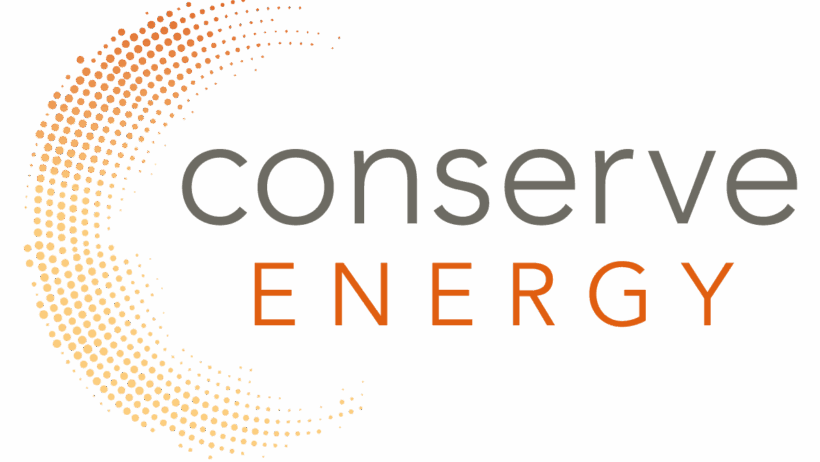In the contemporary landscape of healthcare, the imperative to conserve energy is becoming increasingly undeniable. Medical offices, repositories of innovation and healing, are also notable consumers of energy. This dual role raises an intriguing question: How can these centers for health simultaneously operate efficiently while embodying their commitment to the environment? The answer lies in understanding the intricacies of energy conservation tailored specifically for medical practices.
Energy efficiency is not merely a buzzword. In the realm of healthcare, it translates to a multi-dimensional approach, wherein the health of patients and the environment are interlinked. By adopting sustainable practices, medical offices not only reduce their carbon footprint but also optimize their operational costs. This transforms into better care for patients, enabling healthcare providers to allocate resources more effectively.
One of the foremost strategies for conserving energy in medical offices involves thorough assessments of energy consumption. Comprehensive energy audits can identify areas where energy is being wasted, allowing practices to prioritize improvements. These assessments pinpoint inefficiencies in appliances, lighting, heating, and cooling systems, thereby facilitating informed decisions that lead to significant energy savings.
The implementation of energy-efficient appliances is paramount. Medical offices utilize a plethora of devices ranging from diagnostic imaging machines to everyday office equipment. Transitioning to ENERGY STAR-rated devices not only minimizes energy use but often enhances operational efficacy. Moreover, the longevity of such appliances reduces waste in the long run, aligning with environmentally sustainable practices.
Illumination within medical offices is another critical facet of energy conservation. By opting for LED lighting, practices can achieve a staggering reduction in energy consumption. These versatile lights possess a remarkable lifespan and emit less heat, which translates into reduced cooling demands—a significant advantage in warmer climates. Moreover, the integration of motion sensors and timers can effectively minimize energy use in unoccupied areas, thereby enhancing the overall efficiency of the space.
Climatic control systems play an integral role in energy consumption as well. The healthcare industry demands stringent temperature controls for patient comfort and medication preservation; yet, many offices still rely on outdated HVAC systems. By investing in smart thermostats and high-efficiency heating and cooling units, medical offices can attain precise control over their energy expenditure. Regular maintenance of these systems ensures optimal performance, further mitigating unnecessary energy use.
The architecture of a medical office also contributes significantly to energy conservation. Employing passive design strategies can maximize natural light and ventilation. Large windows strategically placed can not only enhance the aesthetic appeal but also reduce reliance on artificial lighting and climate control. Moreover, installing energy-efficient insulation helps maintain comfortable indoor temperatures, thus decreasing the workload on HVAC systems.
Nonetheless, transitioning to eco-friendliness is not solely reliant on mechanics; employee education is essential. Raising awareness among staff about energy conservation practices fosters a culture of environmental stewardship. Encouraging personnel to power down devices when not in use, or to print double-sided to conserve paper, creates a collective impact. Such practices, instilling a sense of responsibility, yield both environmental benefits and cost savings.
Moreover, the procurement process presents an opportunity for energy conservation. Engaging with vendors who prioritize sustainability can facilitate the adoption of greener materials and technologies. For instance, selecting biodegradable disposable items, eco-friendly cleaning products, and sourcing local office supplies diminishes the environmental impact associated with traditional practices. Each small decision assimilates into a larger strategy, rendering a more sustainable operation.
The integration of renewable energy sources is an innovative avenue increasingly embraced by medical offices. Harnessing solar energy not only drives down operational costs but also positions practices as leaders in sustainability. Depending on geographic location and available resources, solar panels can provide substantial energy independence. This shift not only bolsters the office’s commitment to environmental responsibility but can enhance its marketability among eco-conscious patients.
Another vital aspect to consider is data management systems. Implementing electronic health records (EHR) and digitized data management reduces reliance on paper, further contributing to energy efficiency. Digital records consume less physical space, ease the burden on resources, and streamline workflows. In the long term, digitization leads to improved patient care, as providers can access comprehensive information rapidly and efficiently.
In light of the COVID-19 pandemic, other considerations have emerged regarding energy consumption in medical offices. The enhanced use of personal protective equipment (PPE), waste management, and deep cleaning not only impacts the environment but also the energy utilized in these processes. Incorporating energy-efficient practices during these situations remains essential, as they highlight the importance of balance between operational needs and sustainability.
Ultimately, conserving energy in medical offices is a multifaceted endeavor. Each measure taken leads not only to tangible benefits in energy consumption but also fosters a culture of sustainability within the healthcare community. This shift does not only reflect an organization’s commitment to reducing their environmental impact but also enhances the overall quality of care delivered to patients. As modern practices strive to balance patient care with environmental responsibility, the narrative of health goes hand in hand with ecological stewardship. The time has come for medical offices to power down to care better—for their patients and for the planet.








